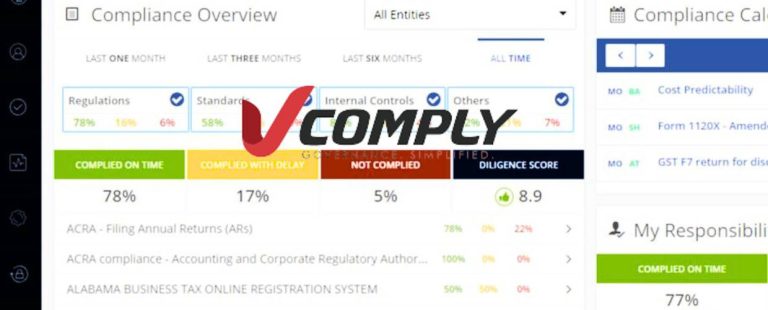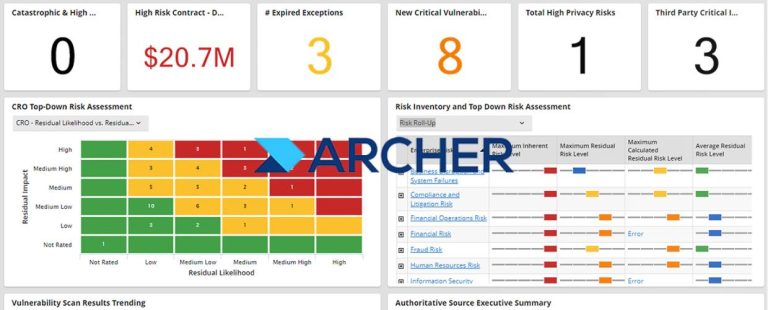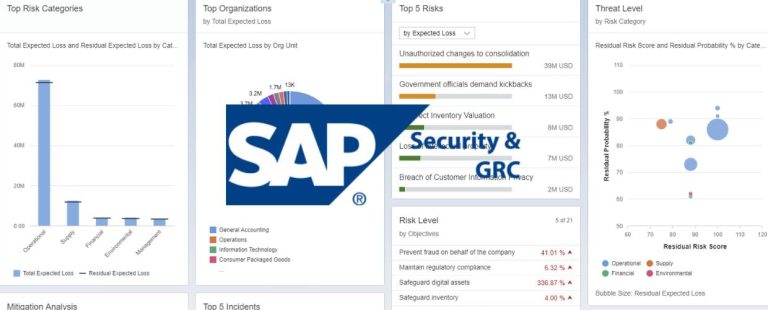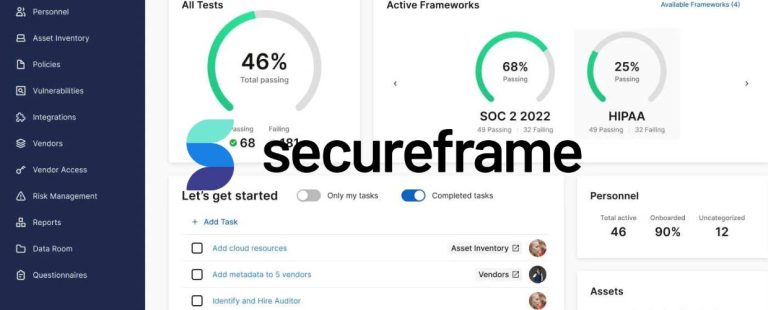Organizations face many regulations and compliance requirements in today’s ever-changing and complex business landscape. Non-compliance with these restrictions can lead to severe legal and financial consequences, damaging the organization’s reputation and integrity. This comprehensive article will delve deeper into Compliance Risk Management, its significance, key components, benefits, and how it safeguards organizational integrity and reputation.
Understanding Compliance Risk Management
Compliance Risk Management involves the systematic identification, assessment, and mitigation of compliance risks faced by an organization. It goes beyond merely adhering to legal requirements and encompasses compliance with industry standards, internal policies, and ethical practices. Organizations can prevent potential risks and liabilities by taking a proactive approach to compliance, safeguarding their reputation, and promoting stakeholder trust. Compliance Risk Management is a crucial process that helps businesses identify, assess, and mitigate compliance risks, ensuring adherence to laws and industry standards.
Critical Components of Compliance Risk Management
As a responsible business owner, it is essential to understand the critical components of compliance risk management. Maintaining a comprehensive understanding of the laws and regulations governing your industry ensures that your business operates with integrity and avoids costly legal repercussions.
- Regulatory Compliance Assessment: The first step in effective Compliance Risk Management is to comprehensively assess relevant laws, regulations, and industry standards that apply to the organization’s operations. This assessment helps identify the specific compliance requirements the organization must adhere to and enables a thorough understanding of potential risks associated with non-compliance.
- Policies and Procedures Development: Developing clear and concise policies and procedures is crucial in ensuring compliance with various regulations. These policies act as guidelines for employees, outlining the necessary actions and behaviors to maintain compliance. By establishing a solid framework of policies, organizations create a standardized approach to compliance, reducing the likelihood of inadvertent violations.
- Risk Assessment and Prioritization: In the realm of compliance, not all risks are equal. Assessing and prioritizing compliance risks based on their possible impact on the organization is essential. A risk-based approach enables efficient resource allocation, allowing organizations to focus on managing high-risk areas more effectively.
- Internal Controls Implementation: Internal controls are the mechanisms to monitor and enforce compliance with regulations and policies. They act as a line of defense, helping detect and prevent instances of non-compliance before they escalate. Implementing robust internal controls ensures compliance remains a core aspect of the organization’s operations.
- Employee Training and Awareness: Employees play a pivotal role in ensuring compliance throughout the organization. Regular training programs and awareness sessions help cultivate a culture of compliance and ethics. When employees understand their responsibilities and the importance of obedience, they are better equipped to promptly identify potential risks and report issues.
Benefits of Compliance Risk Management
One of the key benefits of effective compliance risk management is that it protects your business from legal and reputational risks. By operating with integrity and following the laws and regulations that govern your industry, you can avoid costly fines, legal fees, and damage to your reputation.
- Preventing Legal and Financial Liabilities: Compliance Risk Management helps organizations avoid legal and financial liabilities from non-compliance with regulations. By proactively identifying and addressing compliance risks, organizations can minimize the chances of facing costly penalties, fines, or lawsuits.
- Safeguarding Reputation and Integrity: Reputation and integrity are invaluable assets for any organization. Compliance Risk Management safeguards the organization’s reputation by adhering to regulations and industry standards. Demonstrating ethical and compliant practices builds trust with customers, partners, and stakeholders, which can lead to long-term success and sustainable growth.
- Efficient Resource Allocation: A risk-based approach in Compliance Risk Management allows organizations to allocate resources effectively to manage high-risk areas. This optimization enhances operational efficiency and reduces unnecessary costs associated with non-compliance incidents.
- Enhancing Stakeholder Confidence: Compliance Risk Management instills confidence among stakeholders, including customers, investors, and regulatory authorities. Demonstrating a commitment to compliance and proactive risk management builds trust and loyalty, fostering positive relationships with key stakeholders.
- Improving Decision-Making: With a proactive approach to Compliance Risk Management, organizations have access to accurate and up-to-date information to support informed decision-making. This data-driven approach enhances strategic planning and execution, enabling organizations to adapt effectively to regulatory changes and market demands.
Conclusion
Compliance Risk Management is a fundamental process that protects organizations from legal and financial liabilities while safeguarding their reputation and integrity. Organizations can proactively identify, assess, and mitigate compliance risks to ensure adherence to laws, regulations, and industry standards. Implementing clear policies, robust internal controls, and comprehensive employee training fosters a culture of compliance within the organization.
Embracing Compliance Risk Management as a core component of the risk management strategy empowers organizations to build trust with stakeholders, enhance decision-making, and achieve sustainable success in the dynamic and regulated business environment. As regulations continue to evolve, the role of Compliance Risk Management remains paramount in securing organizational compliance and safeguarding reputations.










